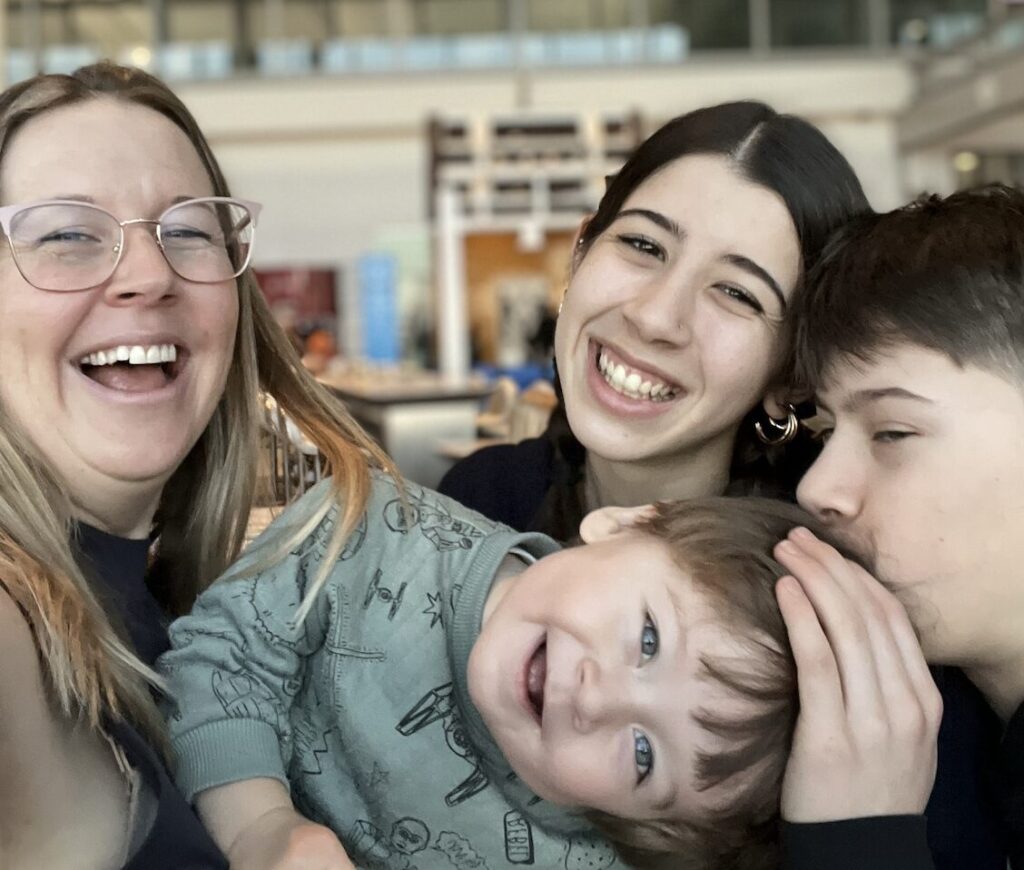 Susan Kuklin, author of Beyond Magenta: Transgender Teens Speak Out, talks about putting together this eye-opening book.
Susan Kuklin, author of Beyond Magenta: Transgender Teens Speak Out, talks about putting together this eye-opening book.
American author Susan Kuklin comes from a long line of social activists and has written about human rights throughout her career. But it was only recently that she first started thinking about a group that is still marginalized, both in North America and around the world. Susan’s cousin told her about a transgender friend who explained that for her, it wasn’t the gender that counted, it was the person. “That got me thinking more and more about the fluidity of gender, enough to make me want to know more,” Susan says. Her recent book,Beyond Magenta: Transgender Teens Speak Out, is a series of photographs and personal essays, mostly told in the first person, about each teenager’s experience being transgender.
Susan wanted to create a book that would give voice to the youth. “It parents want to learn how transgender teens feel, they should learn it from the kids’ point of view,” she says.
She hunted around and found the Callen-Lord Community Health Center in New York, a clinic that supports transgender youth and their families, and invited them to collaborate. She told them she was looking for a group of diverse youth, both in terms of how they experience gender but also race, socioeconomic status and other areas. Knowing that confidentiality would be important, she teamed up with a psychologist at the organization who selected individual youth that might be a good fit with the project.
“I would bring my tape recorder and sometimes my camera and they would talk about their lives,” she says. The interviews ran about six to eight hours, with several sittings. She then took the tapes, transcribed them, laid out the book and went back to the youth to fill in the gaps. “I had to turn the material into narratives, but also stay true to what the kids were saying,” she says. “I shaped the words of the book sort a like an artist using found objects on a canvas.”
Overall, Susan says the teens enjoyed the collaborative creative process. But some moments were emotional. Susan describes an interaction between a mother and daughter who came to her apartment for a photo shoot. “The mom had not read the chapter so I said, ‘why don’t you start reading it now?’ She started reading and started crying, saying, ‘You read it.’ I said, ‘I‘ll pick out the fun parts.’ Still she cried. ‘What’s wrong?’ I asked. She replied, ‘I know what comes next.’ We laughed and cried together; there was a warm feeling amongst all of us.”
In getting to know the teens, she saw that it was key that their parents understand and accept them. “It was even more powerful than acceptance by friends and peers,” Susan says. “We think of teens worrying about other teens but wasn’t like that.” Were their parents accepting? “Some parents were able to come through for the kids and others were not,” Susan says. “It was the same with teachers, psychologists and others involved in their lives. One mother who was very evolved went from very transphobic to very protective.”
Susan says that the spectrum of gender surprised her. “I was expecting to do a book about trans people, male to female or female to male. But there are other variations, like Cameron, who identifies as trans and pansexual. And gender changes and shifts constantly as people grow and think and question.”
Responses to the book have been positive, particularly from other kids who identify as trans. “They finally see people like themselves in print and photographs. There have been lots of thank yous and ‘likes” and tweets. It’s been very rewarding, very joyful and celebratory. And the reviews have been just wonderful.”
Learn more about this book and Susan Kuklin at susankuklin.net









